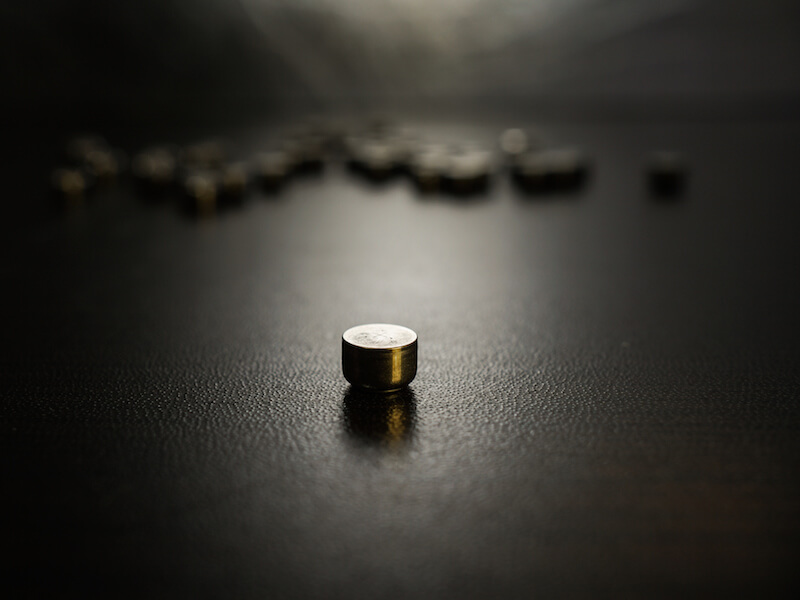From phones to cameras to music players, how we power our electronics has advanced. A robust, rechargeable hearing aid battery is finally realizing the hopes of hearing aid manufactures to replace the antiquated disposable power sources of the past.
Disposable hearing aid batteries have historically been the power source of choice amongst manufacturers, with size 312 batteries being one of the more prevalent battery types. Nowadays, the most popular version of these batteries is known as a “zinc-air” battery.
The Drawback to Disposable Hearing Aid Batteries
The presence of air effects a zinc-air battery, as the name implies. In the case of the 312 batteries used in many hearing aids, the user is required to pull a small tab off the back of the battery before it’s turned on and operational.
The moment it is fully oxygenated, it begins to lose power. So the power is draining even if the user isn’t currently using it.
Most users consider the length of life to be the most significant disadvantage of disposable batteries. With 312 batteries, the user could be changing the batteries in their hearing aids around 120 times each year because they die in 3 to 12 days according to some reports.
Because of this, besides needing to buy 120 batteries, the user will need to change and properly dispose of batteries at least two times a week. That’s probably over $100 in batteries from a cost outlook alone.
Rechargeable battery Advancements
Thankfully, for hearing aid wearers looking for another alternative, there have been profound advancements to rechargeable hearing aids that now make them a viable choice.
The vast number of individuals would use rechargeable hearing aids if given an alternative according to some research. In the past, these models were not practical because they didn’t maintain a charge long enough. However, modern developments now enable a full day of use per charge.
Users won’t see significant cost savings by changing to rechargeable batteries, but where they will see a demonstrated improvement is in quality of life.
These modern models provide less aggravation on top of keeping a 24 hour charge because the user doesn’t have the burden of constantly changing out the batteries. They just need to put the battery on the charger.
When a disposable battery gets near the end of its life it can’t run your hearing aid at full power. And you can’t determine how near the battery is to failing. Because of this, users risk putting themselves in a position where their battery could die at a critical time. A dead battery will not only lead to a safety hazard, it could cause the user to miss out on important life moments.
Types of Rechargeable Hearing Aid Batteries
There are unique benefits to each of the different materials that rechargeable batteries are made of. The ability to hold a charge for 24 hours is one reason why integrated lithium-ion batteries are one viable option that manufacturers supply. And smart-phones are powered by this same type of battery which may be surprising.
Another type of contemporary rechargeable battery is a silver-zinc. This revolutionary approach was originally developed for NASA’s Apollo moon missions. With this technology, even your current hearing aids can most likely be upgraded to run on rechargeable power. These batteries, like lithium-ion, will also last all day before requiring a recharge.
There are also models that let you recharge the hearing aid without removing the battery at all. For these, users will slip the entire hearing aid into a charging station when they sleep or during another time when the hearing aid is not in use.
Whichever option you decide on, rechargeable batteries will be substantially better than disposable batteries. You just have to do some research to determine which solution is ideal for your needs.
Take a look at our hearing aid section if you’re searching for more information about what battery would be best for you or any other info about hearing aids.
[blogcta]

